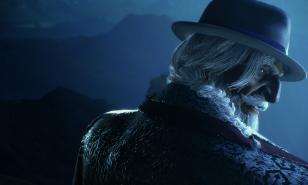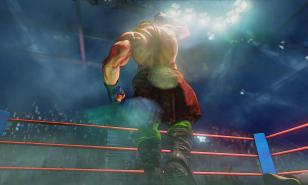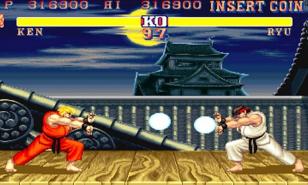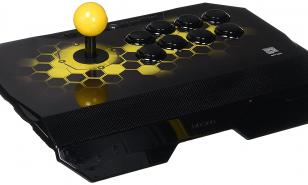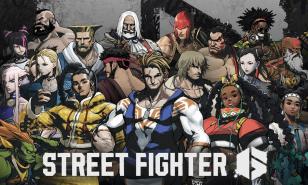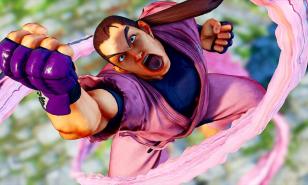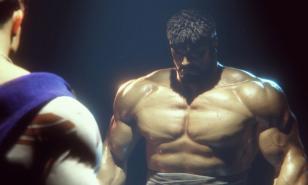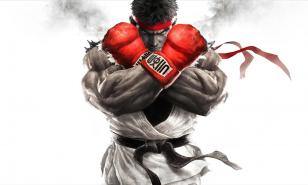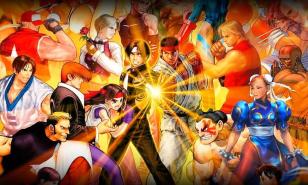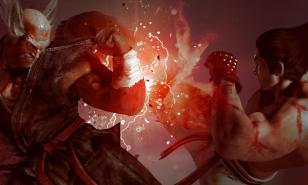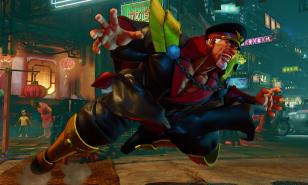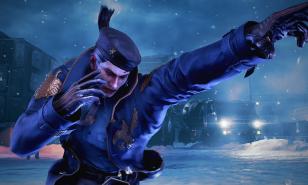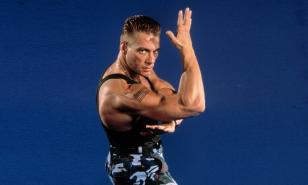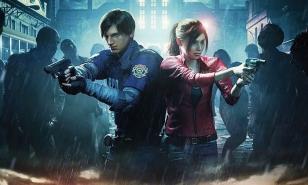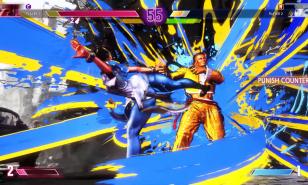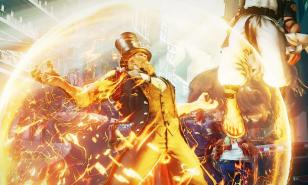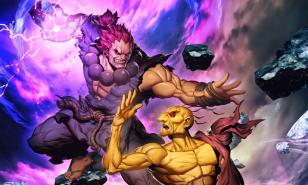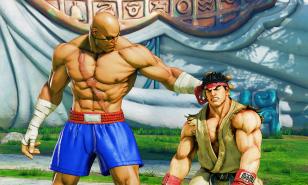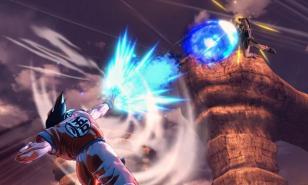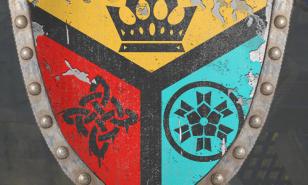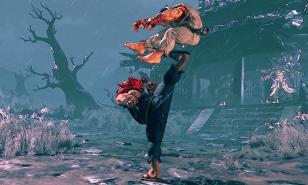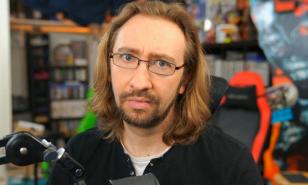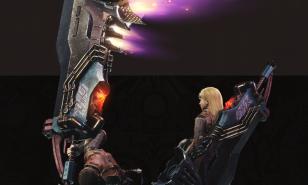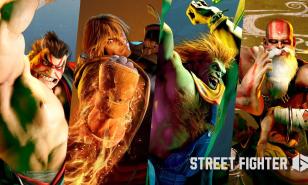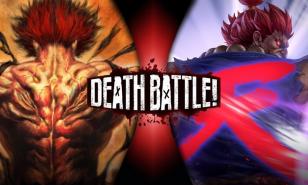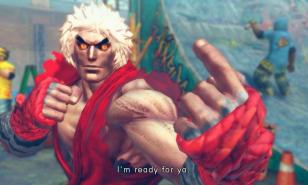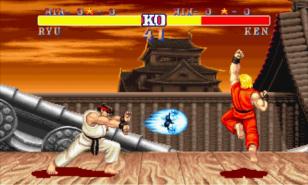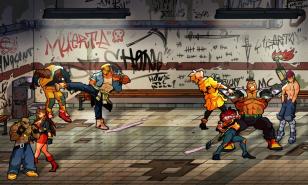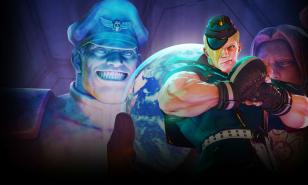10 Things That Make Street Fighter 6 a Good Game
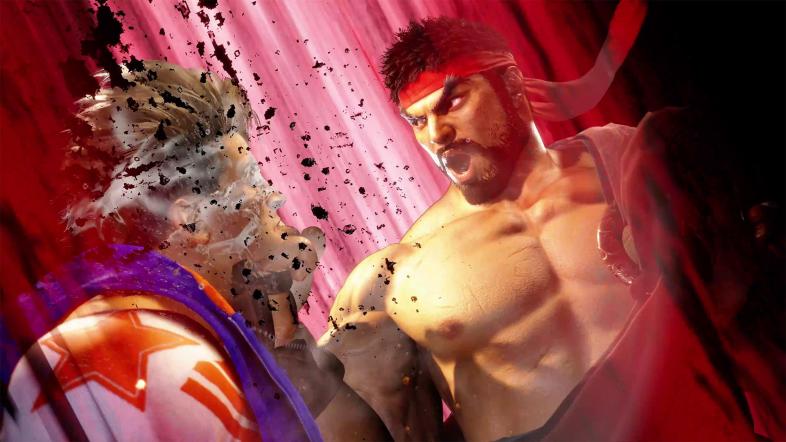
Street Fighter 6 is yet another great entry in Capcom’s long-running fighting game franchise. This is proven not only through its sterling critical reception, but through the player base remaining healthy months after the initial release. The game has received a more glowing reception than both the preceding Street Fighter IV and especially Street Fighter V garnered by this point. The credit for that lies in its gameplay systems and the number of features included right at launch. The development team has a great system to build on from here.
It's worth delving into precisely what makes Street Fighter 6 tick, though. Let’s get into what makes this installment more immediately memorable than its 3D predecessors.
10. Pick Your Control Method
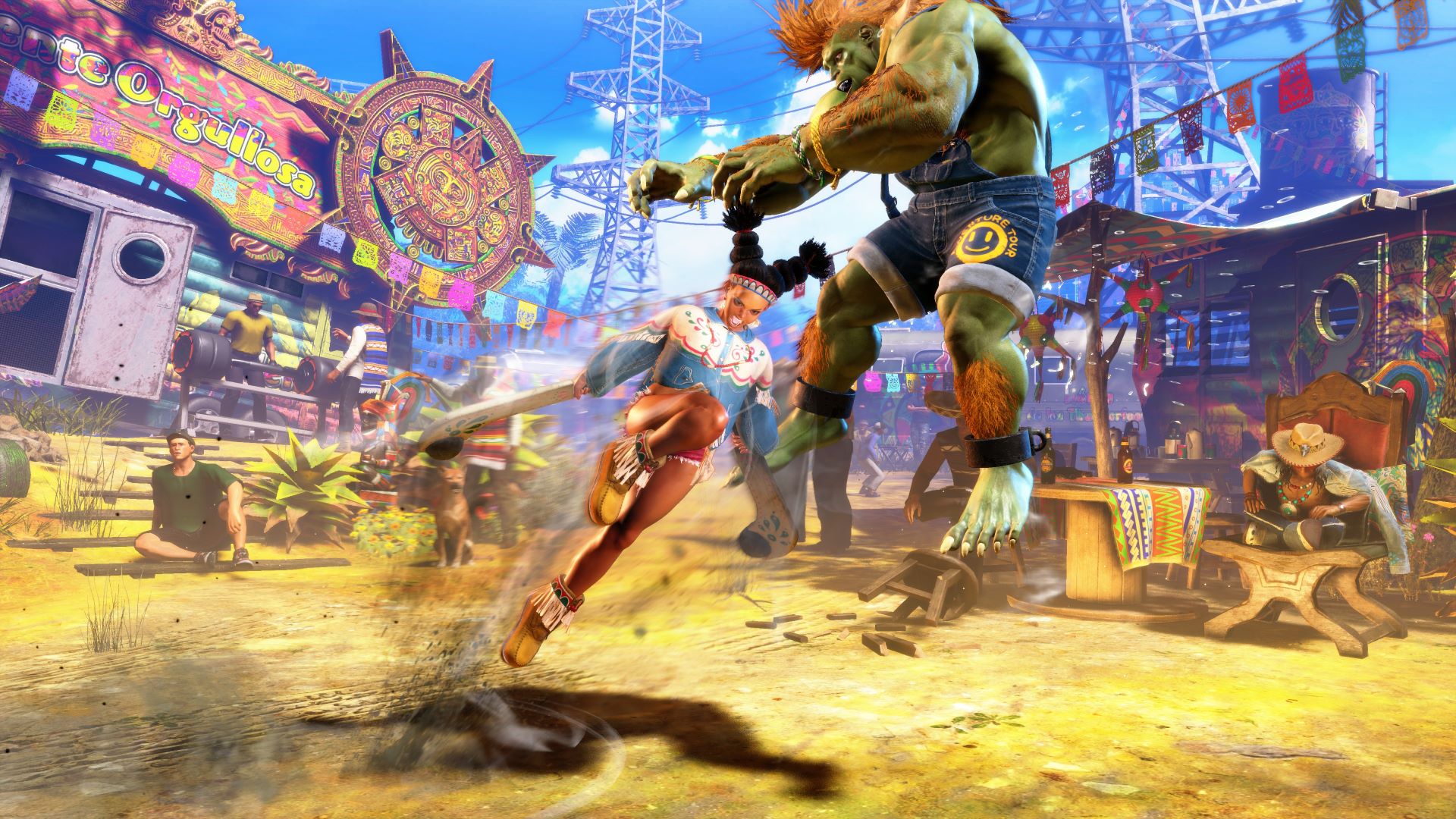
Lily is one of the characters who works beautifully with Modern controls.
Street Fighter 6 is the first Street Fighter game to launch with two different control options. There’s the “Classic” option for those who’ve played Street Fighter for years, if not decades, or wish to play it like an older installment with six buttons and direct commands. But there’s also a “Modern” option that simplifies the commands and drops the required number of buttons from six to four. The Modern option also allows for easy ways to map gameplay functions like the “Drive Impact” and “Drive Rush” maneuvers to single button presses.
The control methods have made Street Fighter 6 the most welcoming game in the franchise for returning and new players alike. Anyone playing the game can make the experience as easy as they want to for themselves. The Modern option comes with fewer move possibilities thanks to the reduced number of buttons, and reduced damage. It’s worth trying out both to see which one each player will like more.
Granted, some characters control better with Classic controls compared to others. Lily and Zangief work great with Modern, while others like Guile and Blanka work better with Classic controls. But neither control option is useless.
9. Ties the Franchise Further to Final Fight
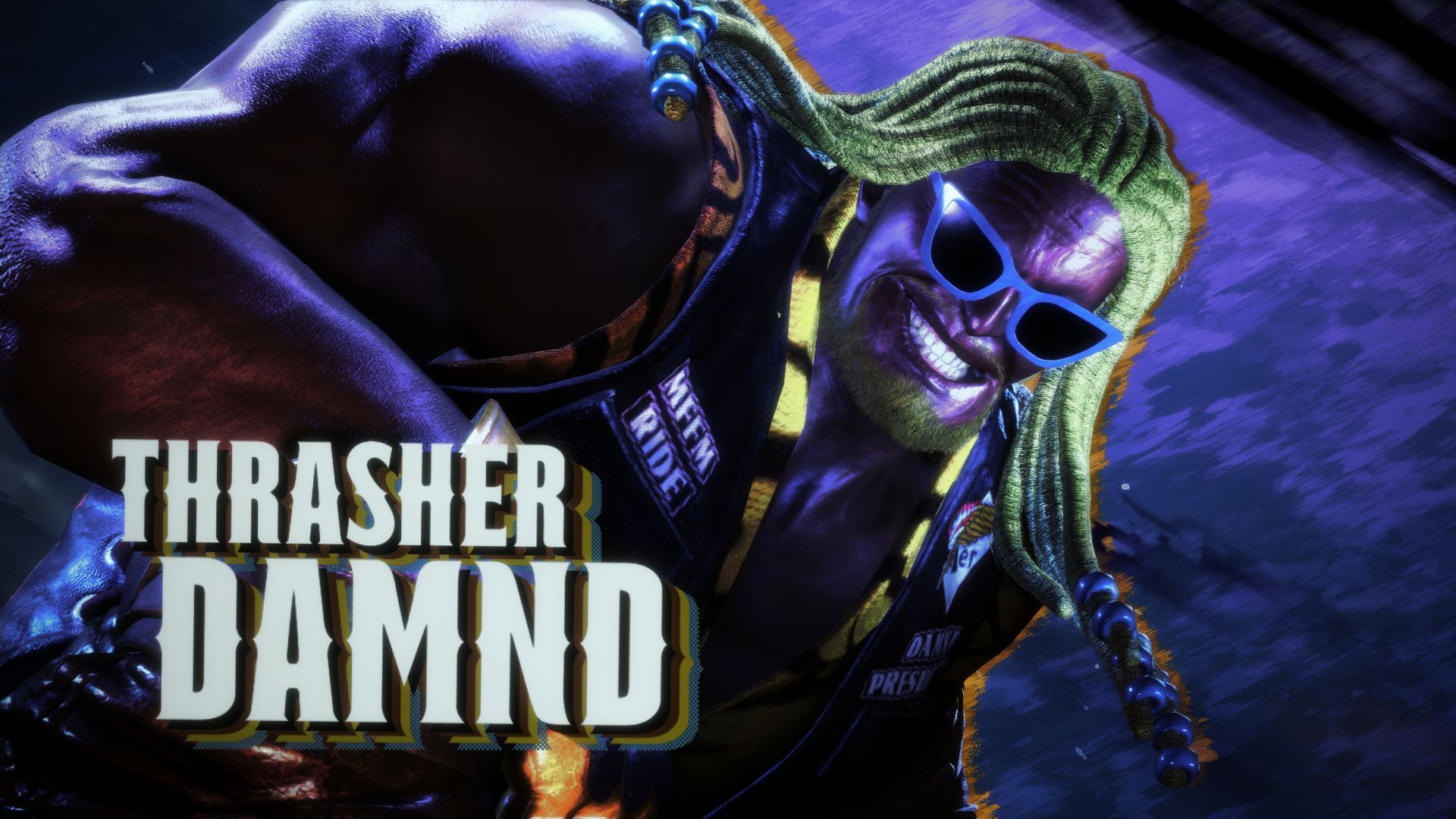
Thrasher Damnd, the first boss in the original Final Fight, makes his first non-backdrop appearance in a Street Fighter game.
Street Fighter’s ties to Final Fight have only become clearer over time. It was established around the Street Fighter Alpha series’ time in the late 1990s that the original Final Fight and Street Fighter titles took place simultaneously. The bond has only strengthened as more Final Fight characters have joined the Street Fighter series. It almost couldn’t be stronger now, with a little more than half of Street Fighter 6’s World Tour mode taking place in Final Fight’s most popular location: Metro City.
Metro City itself is stuffed to the brim with Final Fight references. Enemies from the games are scattered around the city, mostly in terms of NPC cameos rather than actual enemies to fight. That’s “mostly” because some of them can be challenged during the campaign, including Elissa (from Final Fight 2 – Don’t get her confused with Ken’s wife Eliza) and the more-recognizable Thrasher Damnd (from Final Fight 1). There’s also Carlos, making his first appearance since Final Fight 2.
It’s a shame no Final Fight characters are among the playable cast, outside Kimberly being a trainee of Guy. But that’s okay. There’s plenty of time for Capcom to rectify this grievous sin.
8. Great Redesigns for the Returning Characters
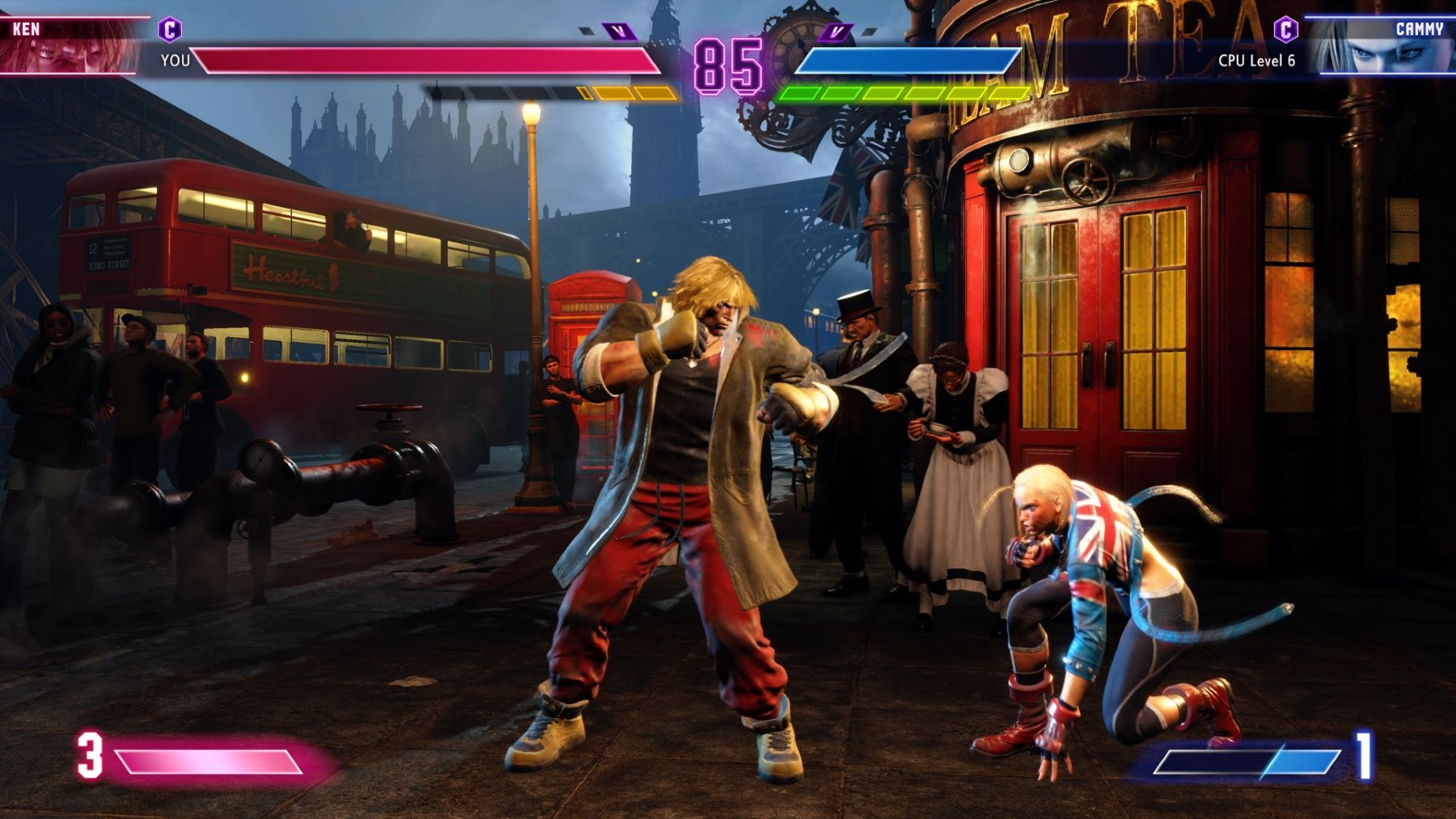
Ken and Cammy are among the characters sporting cool new outfits.
The Street Fighter characters who became popular in Street Fighter II stuck to their default appearances for many years, if they weren’t close facsimiles. Characters like Ryu, Chun-Li, Cammy, and others could always be counted to resemble their older counterparts very closely. Street Fighter 6 freshens everyone up with new looks. Ryu wears a modified iteration of his “Hot Ryu” alternate outfit from Street Fighter V to become “Hot Old Ryu.” Chun-Li now sports tight pants, with her entire outfit being a fusion of her SFII and Street Fighter Alpha looks. Cammy threads have also been updated for the times, with a slick jacket and yoga pants.
It's not just that Capcom gave the old characters new default looks: They actually look good. No more banana-haired Ken Masters with a weird combo of his tight battle armor-looking shirt with the old red karate gi pants. His new bum look fits him better considering his place in the story, complete with the (unintentional?) divorced dad energy he gives off.
The old outfits remain available through playing the World Tour. But this decision alone reflects how Capcom’s development team ensured how this game would be easily distinguishable from previous installments.
7. Rich in Features at Launch
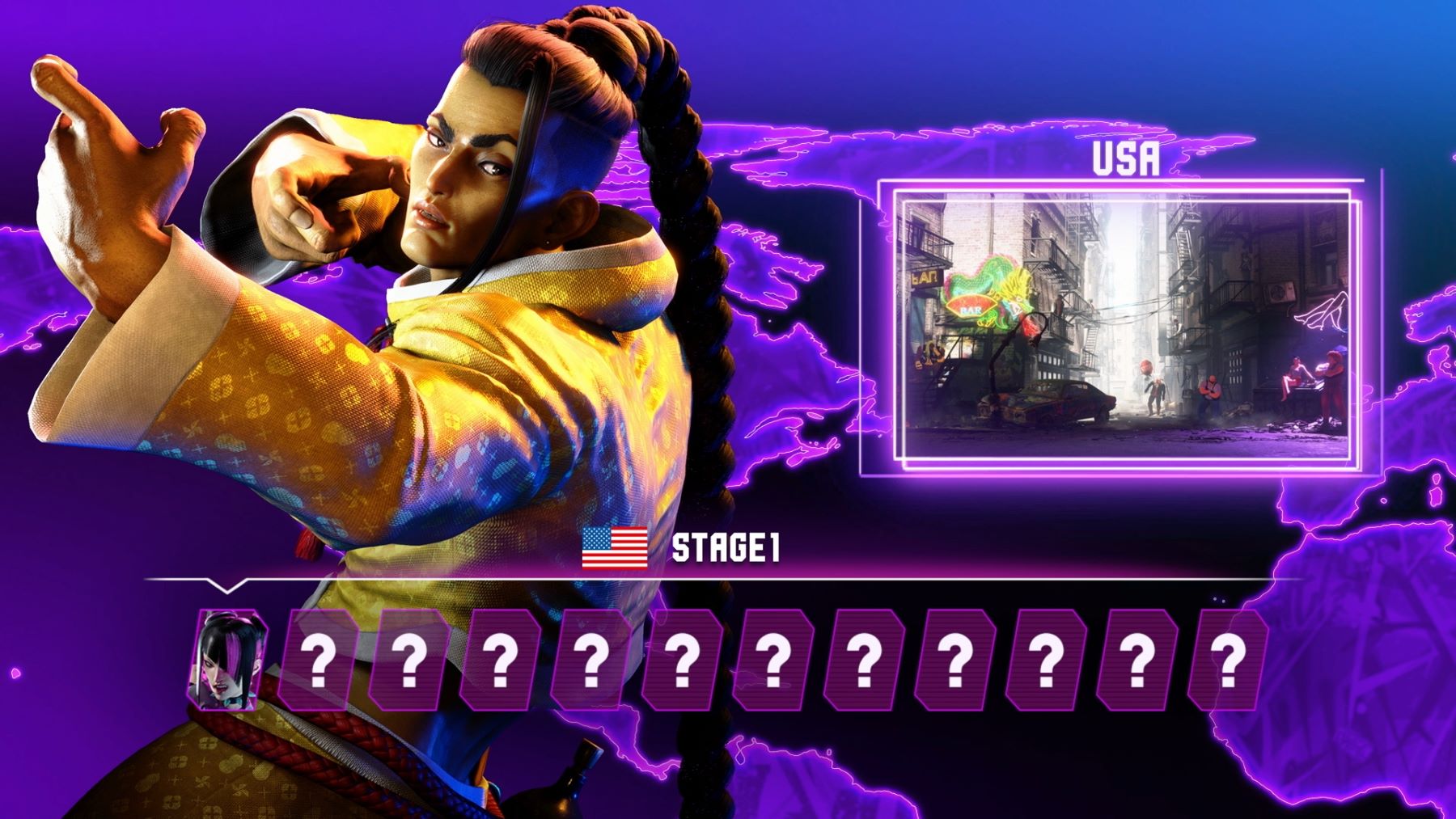
Kudos to actually launching with the Arcade Mode this time.
It was a remarkable feeling to boot up Street Fighter V when it launched in 2016, observe the default features, and utter “that’s it, huh?” under the breath. It could not have been a more obvious beta. Capcom’s attempts to freshen up Street Fighter 6 extends to its remarkable feature set. The game launched with an Arcade Mode, Training Mode, Versus Mode, and even an Extreme Battle mode that breaks all the traditional fighting game rules. The biggest, of course, is the World Tour, an extensive story campaign with two large open cities to explore and venture through. These are in addition to the online modes for Ranked and Player matches, with solid netplay for strong online connections.
The game has enough modes to keep any player glued to it for months, whether they prefer single player or multiplayer modes. It even LAUNCHED with all of them this time, instead of the player base having to wait as Capcom finished the features and release them after paying full price for a beta. Given Street Fighter 6’s nature as a progressively-developing online game, the feature set will only grow from here. There’s no buyer’s remorse this time.
6. The World Tour Mode as a Whole
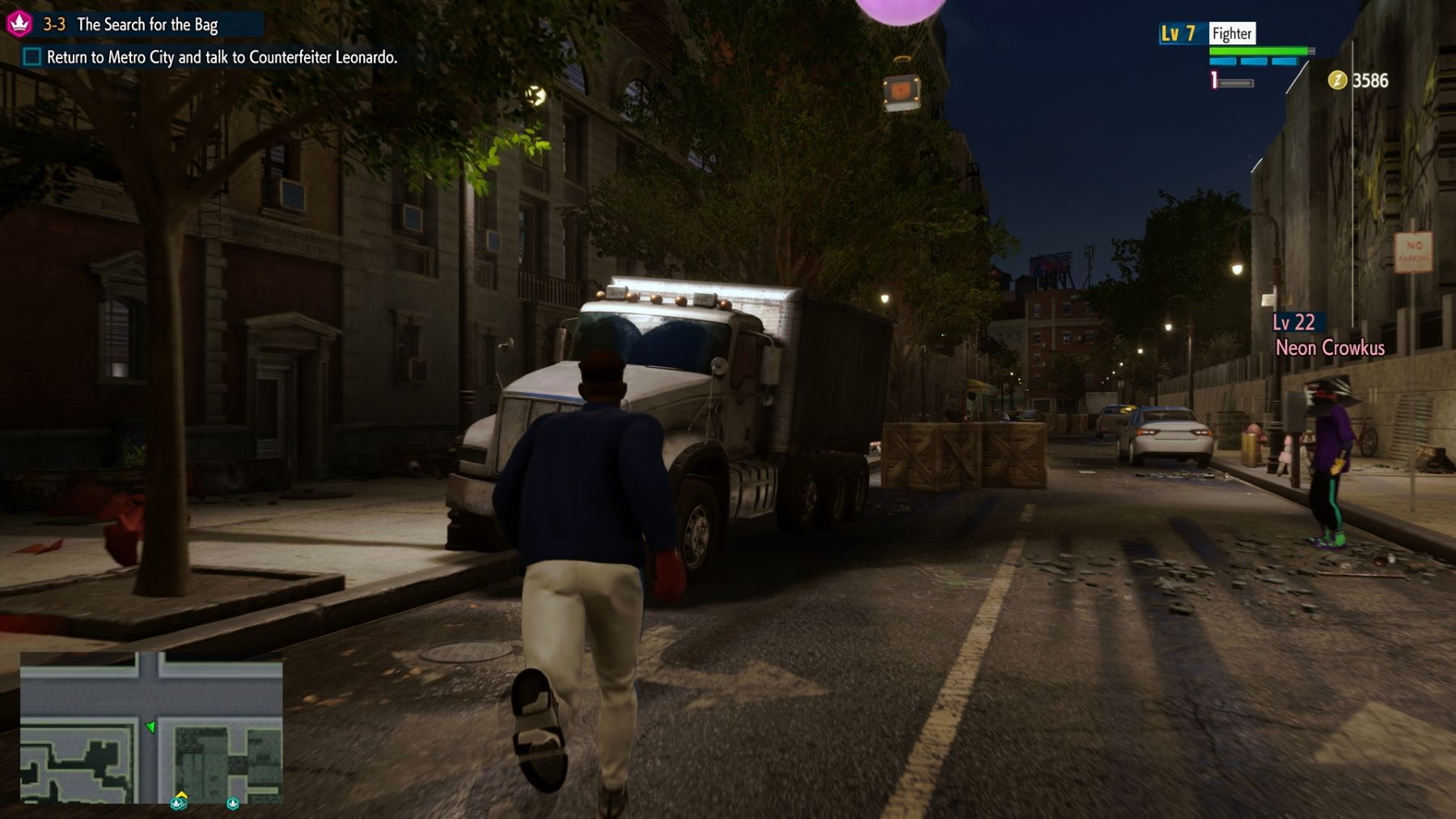
There's nothing wrong with strolling through Metro City at night these days.
Extensive single-player modes in fighting games have only grown in popularity since the 2011 Mortal Kombat reboot kicked off the trend, even if that wasn’t the first game to establish the robust feature. But leave it to Capcom and the SF6 development team to provide the World Tour mode, a Yakuza/Like a Dragon-lite mode that involves the player exploring two large cities, Metro City and Nayshall. Here, they’ll get to know the inhabitants of both environments, participate in tournaments, complete mini-games, and tackle a good portion of the game’s story in an hours-long quest.
SF6’s multiplayer offerings would have been good enough for the package, with the Ranked, Player, and Training options being extensive. The World Tour mode will keep players busy for several more hours, picking plenty of fights with enemies and pedestrians minding their own business while earning gear for increased stats and style along the way. Sure, the story is hardly finished considering the way it ends, but it’s the destination that counts here.
Not to mention the memorable encounters with the main cast members, despite not all of them being part of the main story. It makes for one of the best single-player modes to come attached to a fighting game in history.
5. The Great Art Style
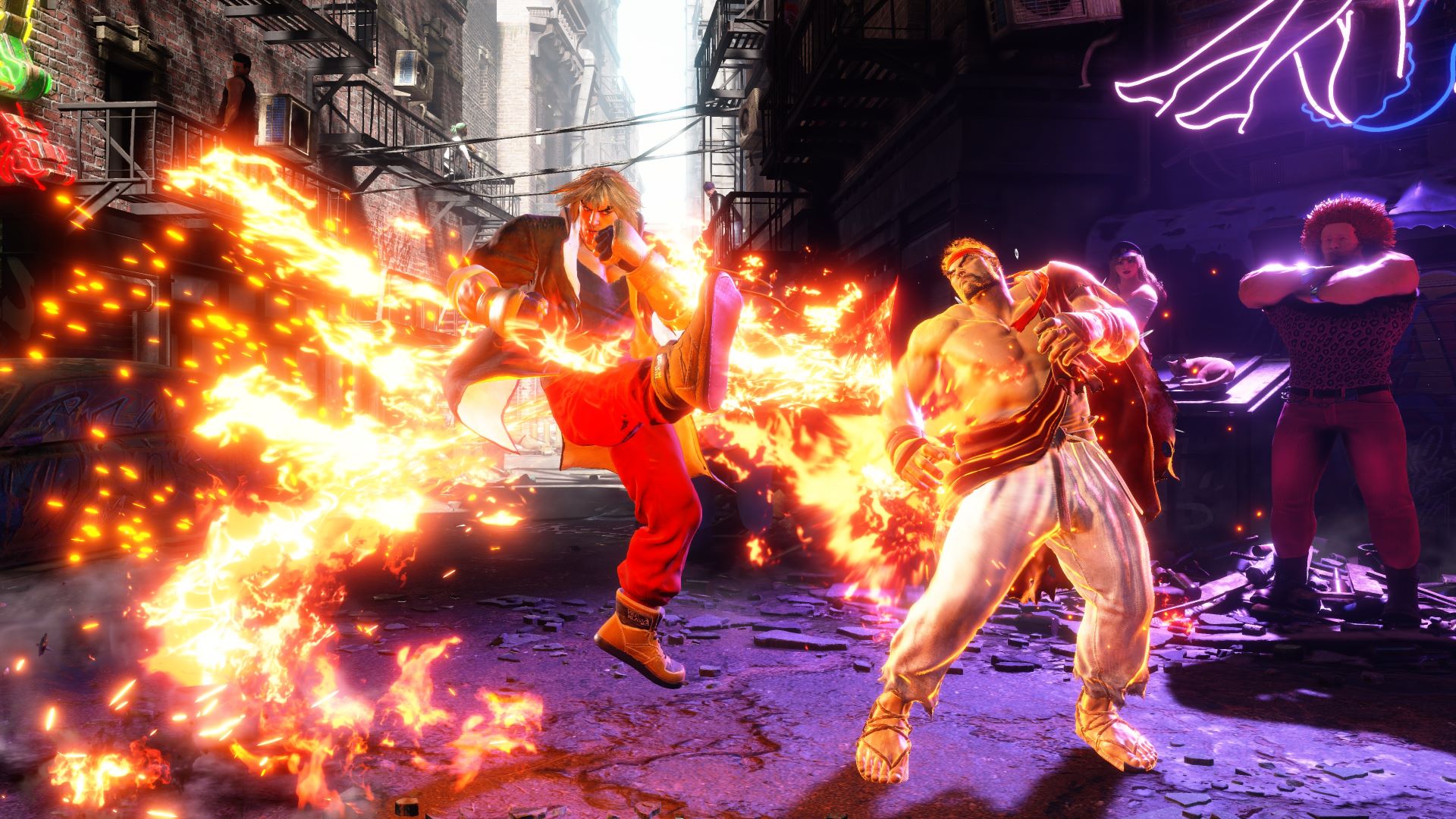
Just look at how shimmery Ken's Tatsumaki Senpukyaku is here.
The SF6 development team went back to a discarded idea from SFV for this game’s art style. They sought to implement one that represented a better fusion between realistic and stylized looks. The results are splendid. The characters themselves don’t look as silly as their SFIV and SFV counterparts, but the team made sure each one of them remained recognizable as Street Fighter franchise characters. They made sure the characters didn’t wade into the Uncanny Valley by getting overly realistic.
A portion of this decision was undoubtedly influenced by way, way too many gamers in online communities who said they couldn’t tell the immediate difference between SFIV and SFV. SFV was very clearly the better-looking game, and you didn’t have to spend hours upon hours with the games as some of us did to see that. But the more cartoonish look of SF6’s 3D predecessors really threw a bunch of people off. Capcom made sure that didn’t happen this time around.
The new style does help the character models, in fairness. Ken’s old character model, with his banana-looking clay hair and weird face, are a thing of the past. The same goes for Guile’s permanent “I’ve seen some stuff you should never see” face with his sunglasses off.
4. Plenty of New Characters
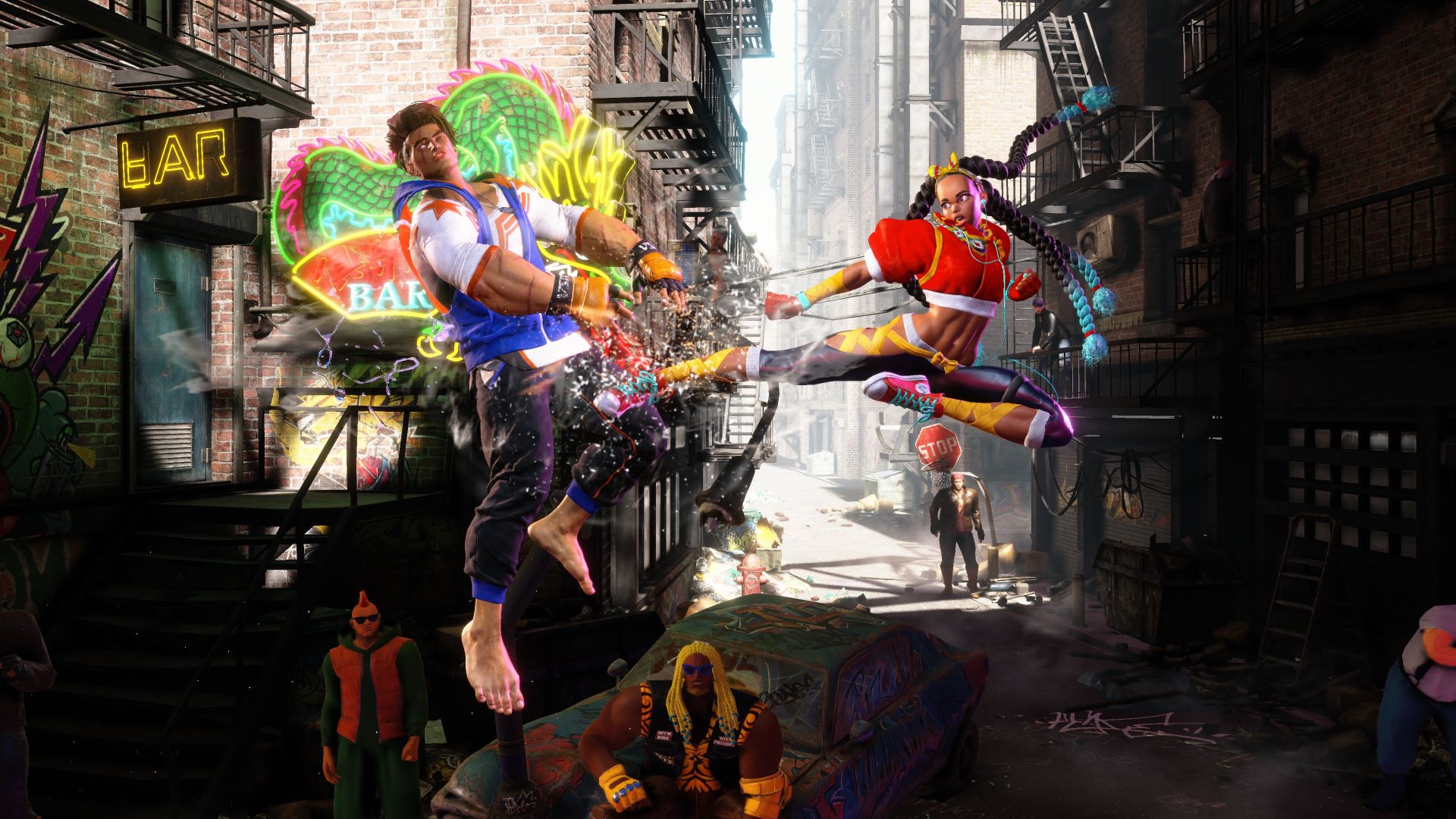
Luke and Kimberly are among the two cool new faces here. (Yes, Luke still counts as new in SF6, thank you.)
It’s common for every new Street Fighter game to include new characters. But while Street Fighter IV and Street Fighter V launched with four new faces each, SF6 has nearly the same number from those games combined. Seven characters debuted here as part of the default roster, including Luke (essentially previewed in the final season of SFV), Jamie, Manon, Marisa, Kimberly, Lily, and JP. This number has expanded to eight with the addition of downloadable content character A.K.I.
Sure, the number of new faces is nothing compared to what the Street Fighter III titles came with. SF6, unlike Street Fighter III: New Generation, wasn’t planned as a soft reboot. Yet, the new faces in this game help give this installment a fresher look compared to its immediate predecessors. This is despite some of them having connections to prior characters, like Kimberly and Lily to Guy and T. Hawk, respectively.
It helps that they’re all memorable in their own ways, unlike some faces in SFIV and SFV, and thus stand a good chance of returning in future installments. Whether this small prediction comes to pass remains to be seen.
3. They Finally Set a Game After Street Fighter III
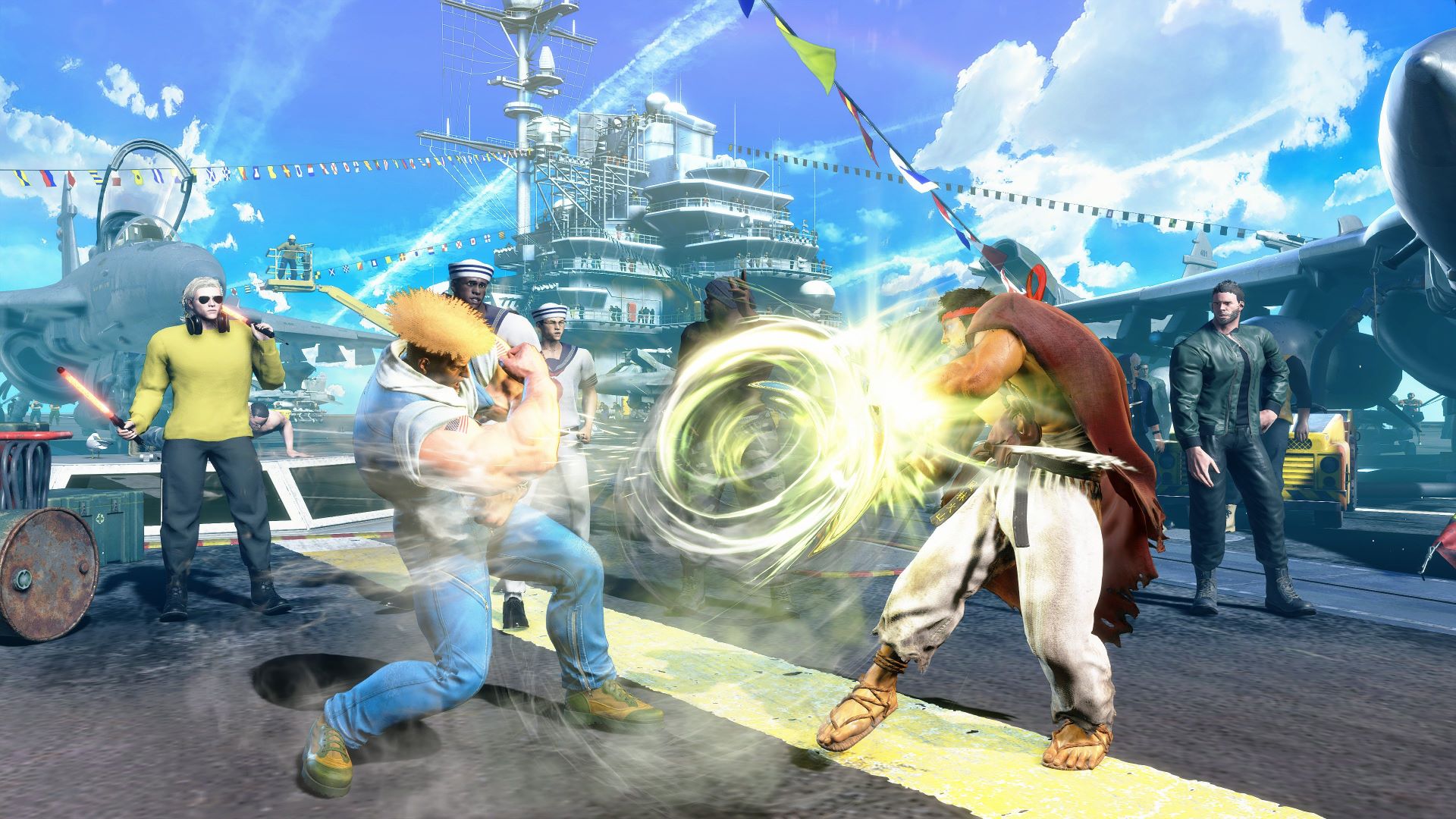
Guile and Ryu's looks here prove that Street Fighter characters CAN age.
SF6 does something with its story and themes once thought impossible for Capcom: They actually set a game after the Street Fighter III titles in the timeline. The company’s developers were once peculiarly resistant to aging up the characters too far, despite a vocal fanbase asking them to do so for years on end. This has finally brought the Street Fighter brand into the present day, thus ending any confusion about timeline placement.
It made sense that Street Fighter IV was set before the SFIII titles, thanks to the nostalgia factor involved. SFIV was the first brand-new Street Fighter installment in a whole console generation when it released. But it was a truly goofball move for Street Fighter V to maintain this trend. They finally listened with SF6 by moving the timeline forward and giving the characters new and refreshed looks.
It’s incredible to consider that this is the first game to advance the Street Fighter timeline since the 1990s, something last done in games older than some people reading and contributing to this site. They should also bring back some characters from those games, but this step forward is good enough… for now.
2. Every Character Feels Complete
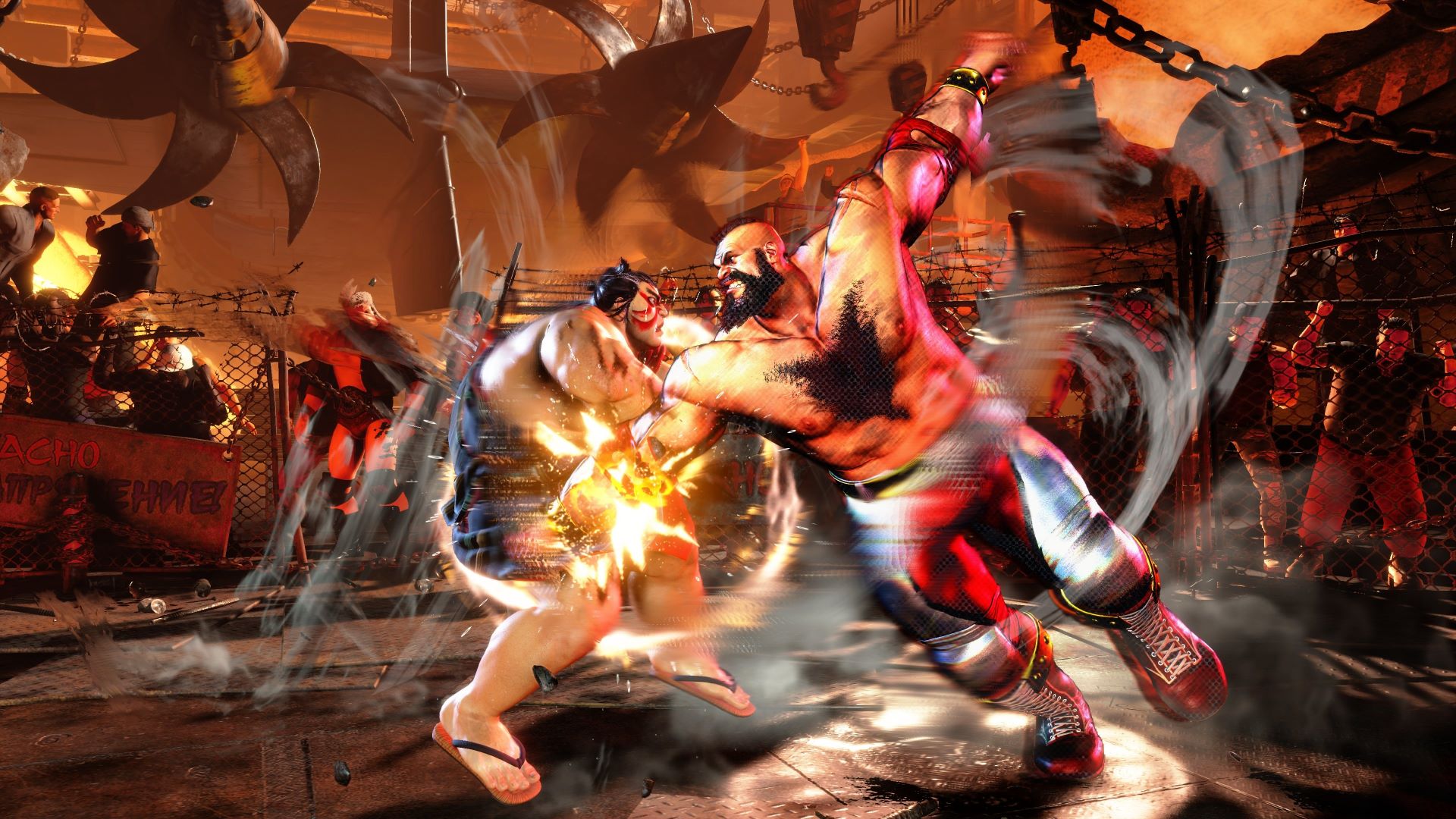
All the characters return with nearly every great technique from previous games. Yes, even Zangief.
One feature is clearer among all others while sifting through the menus and observing the character move lists in Street Fighter 6: Everyone’s set of techniques is extensive. Nearly every move that a returning character was expected to have returns here, including the likes of the Tensho-Kyaku for Chun-Li and Ken’s flaming Shoryuken. The new characters also have an extended number of moves.
That’s “nearly” because this doesn’t apply to absolutely everyone; poor Zangief is still lacking his Banishing Flat (aka “Green Hand”) that’s been MIA since the Street Fighter IV games. But he has new moves to mostly make up for that. The point is that all the characters feel great to play.
It’s the exact opposite feel from Street Fighter V, where every character was lacking something that made them fully tick. They didn’t feel feature-complete. This especially applied to those in the starting roster, a dire reflection of the full game in that time. Karin Kanzuki was the standout there, whose Guren no Kata Rekka punch and kick sequences were locked behind her V-Trigger. This logic applied to many other characters, which robbed them of combo options when the V-Meter wasn’t full. SF6 gladly did away with this.
1. The Sheer Number of Options at the Player’s Disposal
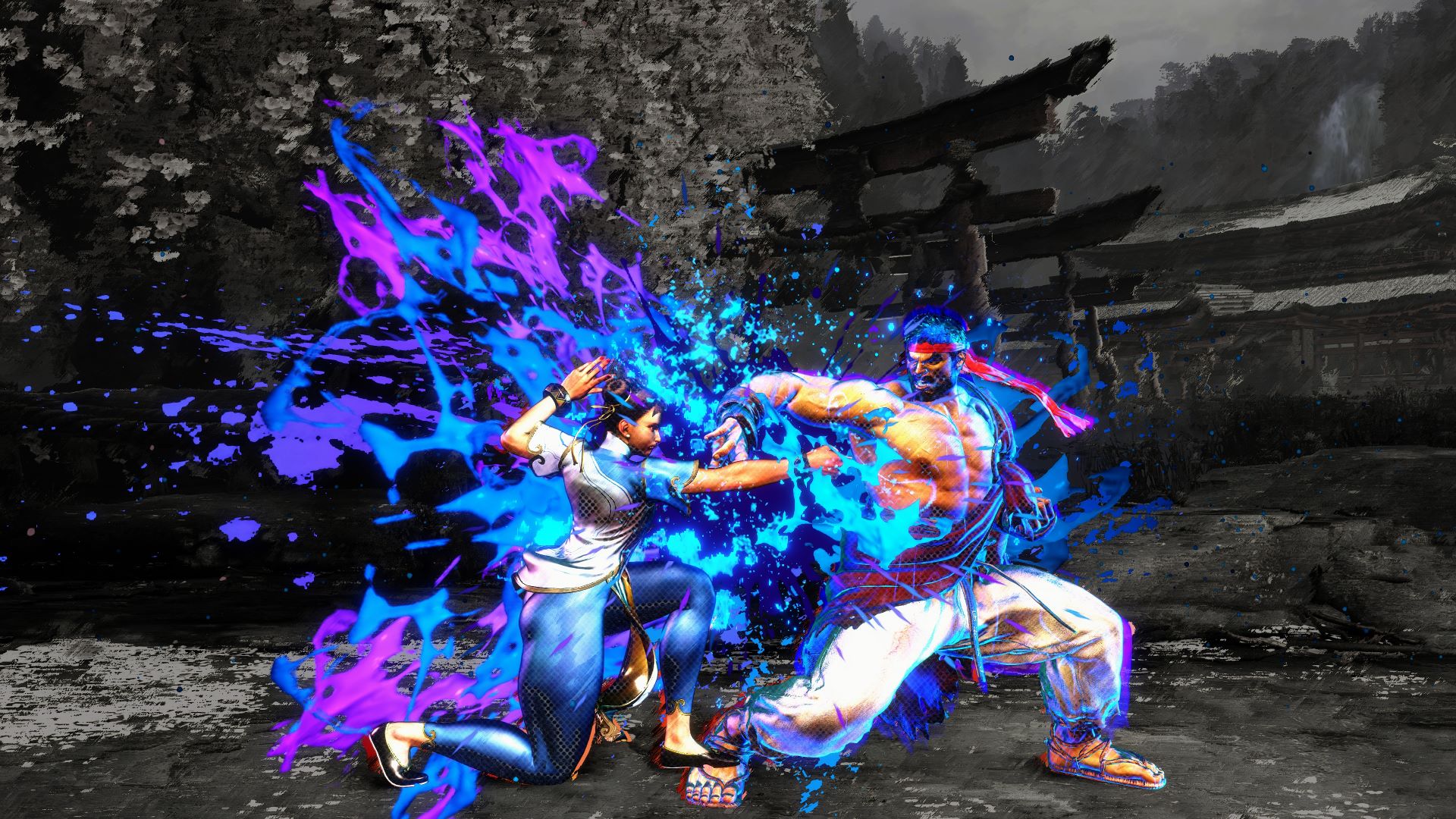
It takes some practice, but it's possible to perform consecutive Perfect Parries.
It’s not just the move sets: Every character, and the player by extension, has a ridiculous number of options at their disposal. This was the logic Capcom’s development team approached Street Fighter 6 with, by including a little of everything from previous games. These are all attached to the Drive System, which lets every character use Drive Impacts, Parries (including Perfect Parries), Drive Cancels, Overdrive EX attacks, Drive Rushes, and Drive Reversals. This sounds like a LOT, and it is. But it gives every player options to approach every kind of situation.
There are a lot of comparisons to SFV in this article, because SF6 seriously exposes how incomplete that game was even after all the updates. SFV focused on offense at the expense of defensive maneuvers, following the development team’s overcorrection after Street Fighter IV’s defensive approach. No one could be blamed for throwing their hands up in surrender and saying “Guess I’ll get KO’d” if they were being battered through a vicious assault from an aggressive player in SFV.
SF6 has enough options that both aggressive and defensive approaches are viable. If a player is being too aggressive or defensive, the other player can use special techniques from a character move set or Drive options to pierce through them. You can’t viably say there’s nothing you can do to beat a specific opponent. This has made matches far more exciting to participate in and watch. The learning curve is higher, sure, but the results are worth it.
Street Fighter 6 is the clear result of painstaking effort to make both the most approachable and deepest Street Fighter game yet, and the development team succeeded in their main goal. They already have a superlative product packed with plenty of features for those who like single-player and multiplayer modes, or both. There’s a solid chance the game will get better from here through the several updates it will receive in the years to come.
You May Also Like:
- Log in or register to post comments
 Home
Home PC Game Trailers
PC Game Trailers News
News Menu
Menu


![How To Win Street Fighter 6 Matches [Top 10 Tips] Chun-Li extends her hand to help the player in Street Fighter 6's World Tour.](https://www.gamersdecide.com/sites/default/files/styles/308x185-scale-crop--more-top-stories/public/streetfighter6-topimage-howtowinatsf6.jpg)
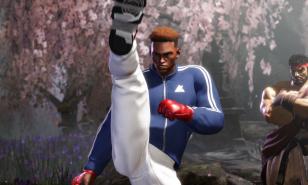
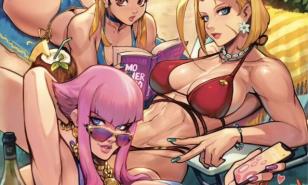
![[Top 10] Street Fighter 6 Best Chun Li Combos List Chun-Li's World Tour introduction in Street Fighter 6.](https://www.gamersdecide.com/sites/default/files/styles/308x185-scale-crop--more-top-stories/public/sf6-chunlitopimage-sf6bestchunlicombos.jpg)
![[Top 10] Street Fighter 6 Best Manon Combos List Manon seen in her first alternate outfit in Street Fighter 6.](https://www.gamersdecide.com/sites/default/files/styles/308x185-scale-crop--more-top-stories/public/sf6-topimage-top10manoncombos.jpg)
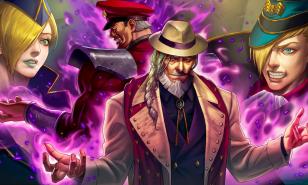
![[Top 10] Weakest Street Fighter 6 Characters A shirtless Ryu poses in Street Fighter 6's intro.](https://www.gamersdecide.com/sites/default/files/styles/308x185-scale-crop--more-top-stories/public/streetfighter6-topimage-sf6weakestcharacters.jpg)
![[Top 10] Street Fighter 6 Best Players Tokido and MenaRD stare each other down before their big match at Evo 2023.](https://www.gamersdecide.com/sites/default/files/styles/308x185-scale-crop--more-top-stories/public/streetfighter6-topimage-top10sf6players.jpeg)
![[Top 10] Street Fighter 6 Most Played Characters Ken during preparation for his third Super Art.](https://www.gamersdecide.com/sites/default/files/styles/308x185-scale-crop--more-top-stories/public/streetfighter6-topimage-sf6mostplayedcharacters.jpg)
![[Top 10] Street Fighter 6 Best Looking Alternate Costumes Marisa in Alternate Outfit 3 performs a Super Art.](https://www.gamersdecide.com/sites/default/files/styles/308x185-scale-crop--more-top-stories/public/streetfighter6-topimage-sf6bestlookingalts.jpg)
![[Top 10] Fighting Games Like Street Fighter 6 Jin Kazama poses in Tekken 8](https://www.gamersdecide.com/sites/default/files/styles/308x185-scale-crop--more-top-stories/public/tekken8-topimage-fighterslikesf6.jpg)
![[Top 10] Best Street Fighter Characters (Ranked) The Best Street Fighter Characters in History](https://www.gamersdecide.com/sites/default/files/styles/308x185-scale-crop--more-top-stories/public/sf6-mainimage-top10sfchar.jpg)
![[Top 10] SF6 Best Combos That Wreck Hard Ken preparing his Sit Down and Shut Up Super Art](https://www.gamersdecide.com/sites/default/files/styles/308x185-scale-crop--more-top-stories/public/sf6-ken-top10combos.jpg)
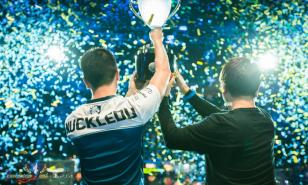
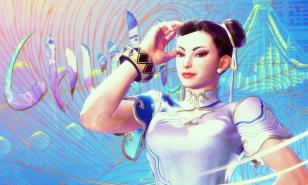
![[Top 10] Street Fighter 6 Least Played Characters Rashid uses his best Super Art on Luke](https://www.gamersdecide.com/sites/default/files/styles/308x185-scale-crop--more-top-stories/public/streetfighter6-topimage-sf6leastplayedcharacters.jpg)
